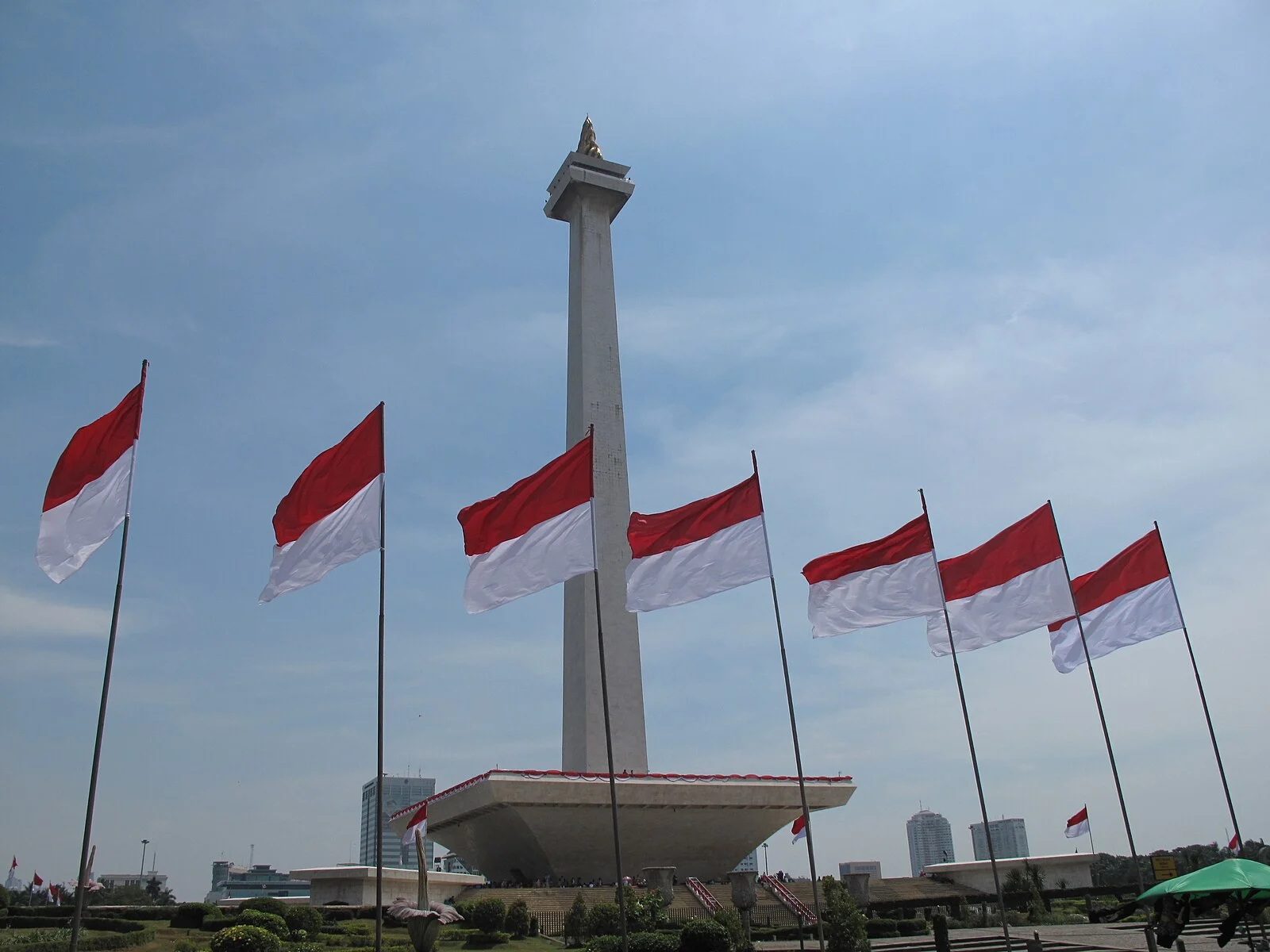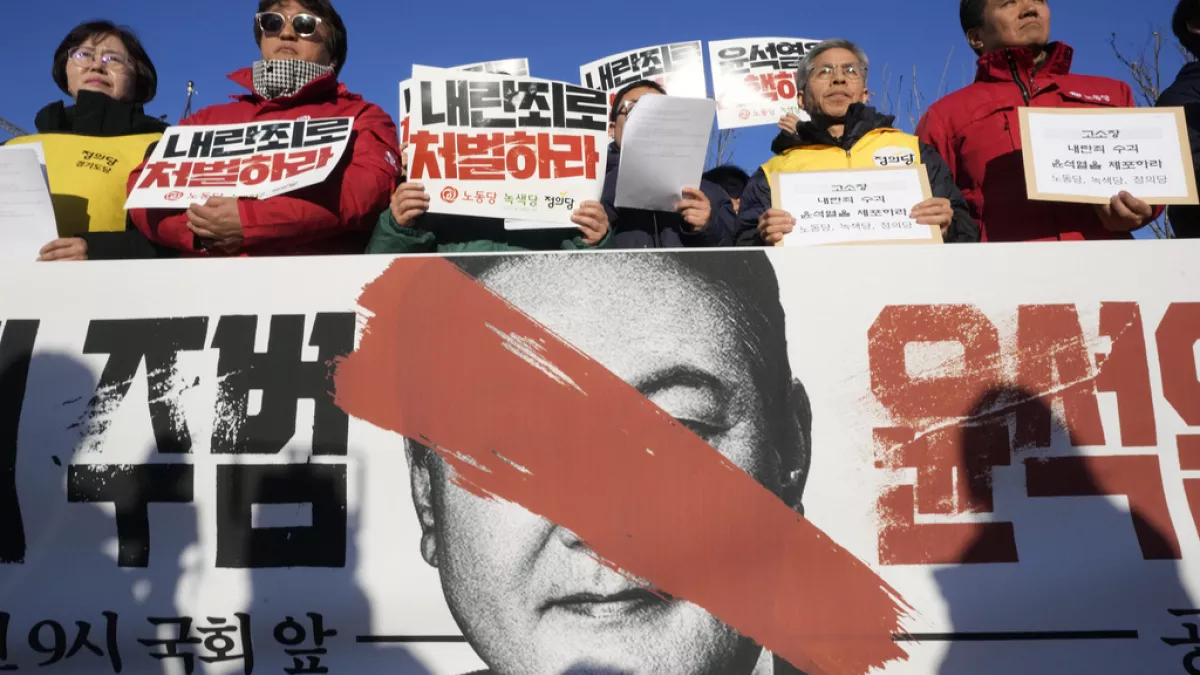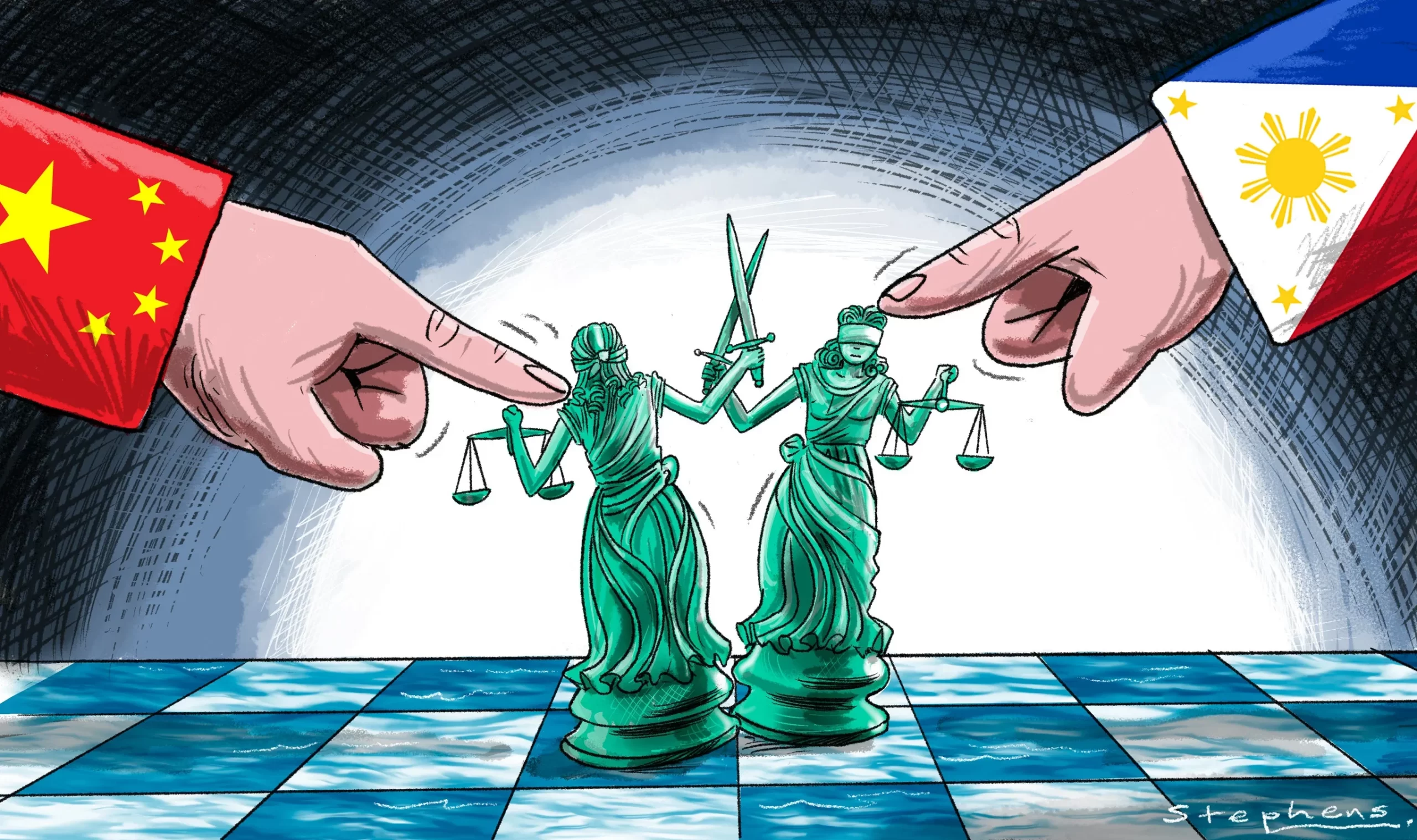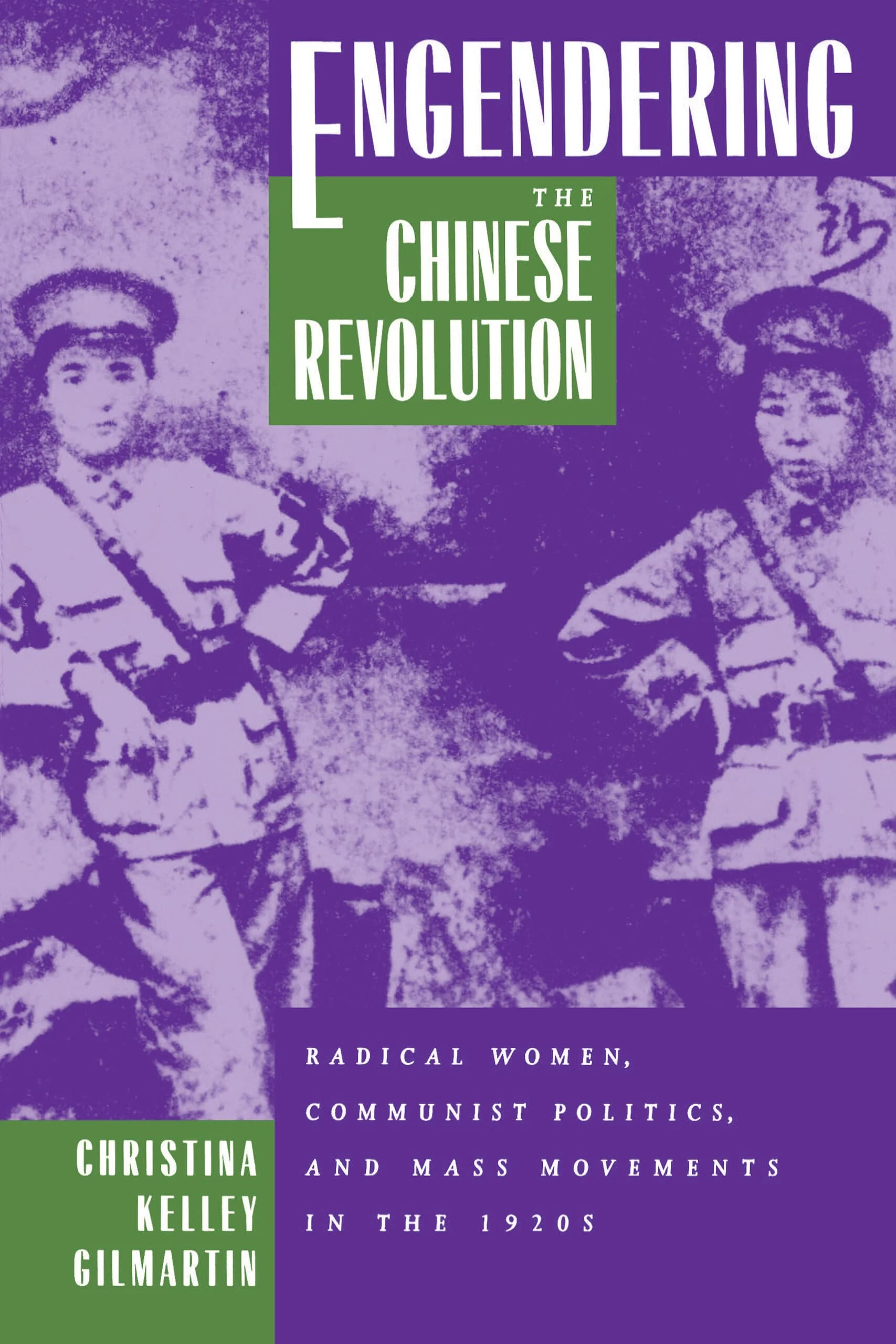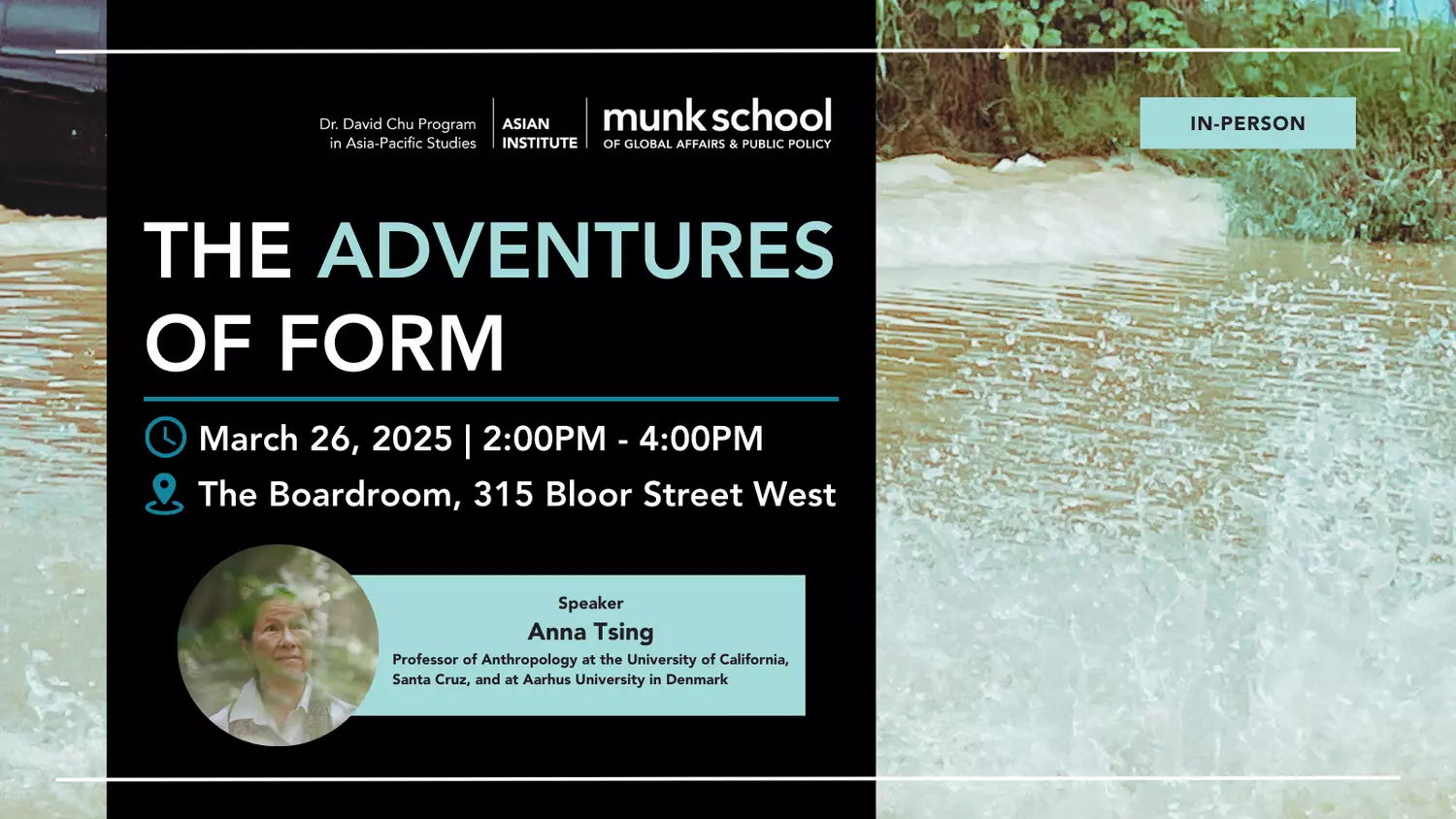For centuries prior up until the end of the Second World War, International Relations could arguably be understood through the recognition of two sides: the empire, which defined the geopolitical landscape, and the periphery, which largely navigated within that landscape instead of significantly shaping it. This perspective is bleak and oversimplified. However, it does point to a general reality in which empire and the periphery were most fundamentally connected through a relationship of subjugation, where through colonialism some states assumed international authority, while others were forced to compromise their sovereignty. During the Cold War, however, this dynamic was broken as the new world powers aligned their moral and strategic efforts to pursue global self-determination, such that previously colonized states could now face a resulting commonality with each other, enabled by a newfound independence.[1] This commonality generally being a shared past, a similar economic and political present, and a somewhat similar vision for future development and prosperity. It is under this commonality, along with practical ambitions for legitimacy and influence, that the Third World Movement was able to form. A movement which was groundbreaking in its representation of previously colonized voices, and which was, as this paper suggests, influenced by the Indonesian president Sukarno more than any other actor.[2] It is because of Sukarno’s principal importance that this paper will understand the nature of the Third World Movement and its associated national identity through connections to Indonesian nationalism and ideology.[3] Additionally, the Bandung Conference will be central to the arguments articulated for its significance as the birthplace of Third Worldism.[4] When Sukarno spoke at the Bandung Conference, he defined Indonesian nationalism as being fundamentally characterized by an opposition to colonialism and its modern manifestations, and in so doing, he internationalized the principles of the Indonesian identity by weaving them into the values of the Third World Movement, which he helped to define, such that national anti-colonial ambitions could be pursued by a transnational entity that would hold more influence than Indonesia alone ever could. In this sense, Sukarno extended the bounds of Indonesian nationalism to form a new imagined community which was populated by those whose core national identity was defined by the principles embodied by the Third World Movement. This paper will draw similarities between Indonesian and Third World nationalism through a consideration of the core principles which unite them and will outline how the ideology of Sukarno was directly transcribed into the resolutions of the Third World entity and will consider his motivations.[5] As well, the nationalism scholar Benedict Anderson will be referenced frequently for his theoretical work on the imagined community concept. Finally, upon arguing the existence of Third World nationalism as an extension of Indonesian nationalism, a consideration for the implications this extension has had and continues to have on International Relations will be made.
To Benedict Anderson, a national community was imagined in that “the members of even the smallest nation will never know most of their fellow-members, meet them, or even hear of them, yet in the minds of each lives the image of their communion.”[6] In understanding this definition, nationalism cannot be thought of as being confined by borders but is instead specified and enforced by principles and commonalities. It is then not geography, but ideology and similarity which qualifies one’s membership to or exclusion from a national group. To explore this idea, first consider the Indonesian national identity. In defining nationalism broadly before the UN, Sukarno suggested that it is “the great engine that drives and oversees all our international activities; it is the great source and the great inspiration of independence.”[7] To him, nationalism was a prerequisite for independent state survival, and more importantly, was the ideology through which international morality could be calibrated. Meaning, that in Sukarno’s belief, it was through nationalism that colonialism could be recognized as evil as a force that could temper the realization of national ambitions. Clearly then, if self-determination through nationalism fueled independence was the principle moral objective in international politics, as it was for Sukarno, then, as argued by various scholars, colonialism was its antithesis.[8] This opposition to colonialism was both ideologically and practically inspired, as it grew its roots over centuries of exploitation.[9] Consequently, while Indonesia is an immensely diverse nation, comprised of thousands of islands and various languages, religions, and political affiliations, one thing in common to all Indonesians emerged as a familiarity with the ominous figure of colonialism which in some way interfered with all matters of state and civilian life. It is inevitable then that the unifying principle for Indonesian nationalism became a defining rejection of colonialism and neocolonialism.[10] Additionally, while colonialism was central for its relevance to a shared past, it was also significant for its existence as a modern threat to the Indonesian Pancasila. The Pancasila was the Indonesian state philosophy formulated by Sukarno, which encompassed five principles that relate to nationalism, international humanitarianism, belief in God, social justice, and democratic representation. These beliefs were designed to orient the nation towards a state of unity and moral validity, where Sukarno believed that through acceptance of these outlined principles, the newly independent Indonesia would be able to form a cohesive state with a sustainable collective vision for optimal governance and existence.[11] Colonialism is related to these principles in its potential ability to suppress their sanctity. It is also interesting to note that in defining such broad national beliefs, the Pancasila was positioned as an accommodating object which could be applied internationally as a foundation for a more general philosophy that could be appropriate not only for Indonesians, but also for other nations who, like Indonesia, were contending with newfound freedom and the challenges which extend from it. This was by design. As Sukarno suggested, recalling their use in Bandung, “the five principles contain much more than a national meaning. The Five Principles have a universal meaning and can be used internationally.”[12] This international extension of the Pancasila first seen in Bandung is crucial in appreciating the argument of this paper.
In 1955, Indonesia and four other states hosted a conference for diplomatic minds from across Asia and Africa, establishing precedence as the first conference for Third World states hosted within the Global South. The conference, in its topics and in the significance of its occurrence, represented an argument against Eurocentrism and the tendency for bipolarity within a Cold War world. It was clearly one of the most significant political events of the 20th century for its precedence, for its direct role in the formation of a defined Third World entity, and for its influence in laying the foundations for what would become the Non-Alignment Movement.[13] What is important to recognize is that while the topics of the conference were diverse, all were undertaken as seen through a lens relating to colonialism and the realities of an existence within a world which was trending towards general liberation for the historically suppressed.[14] Upon opening the conference, Sukarno rejoiced in declaring that “our nations and countries are colonies no more. Now, we are free, sovereign and independent. We are again masters in our own house.”[15] With this mastery, Sukarno and the other sponsor state leaders recognized the urgent and compelling argument for unity. Indeed, that was the fundamental goal of the conference. Now that former colonies had fought for independence, they could pursue the attainment of an international voice which had previously eluded them through the authoritative efforts of imperialism. In this sense, as Sukarno and others articulated, the formation of a Third World coalition of Asian and African states would have the representation, resources, and human capital to contend with global empire as a comparable force of influence.[16] Therefore, in unity, Sukarno saw a way in which colonialism could be combated. The tool he recognized as being capable of such unity was nationalism. In creating the Third World Movement, a subsequent national community would emerge that could connect the diverse voices from across the developing world through common principles, reliance on a shared past, and affiliation with the legitimate entity of a Third World alliance. This Third World nationalism will be argued to be an extension of Indonesian nationalism. This is apparent since the two are characterized by identical principles and are unified by shared experience and by common vilification of colonialism. Specifically, the Bandung conference concluded with the formation of a resolution called the Final Communiqué, which was influenced by all 29 participants, however, was most strongly directed by Sukarno and the Indonesian Prime Minister Ali Sastroamidjojo.[17] This resolution was described by one scholar as “a collective political project against colonialism and imperialism, and for self-determination and racial equality.” The Final Communiqué resolution was directly inspired by the Pancasila to such a degree that the two were virtually equivalent in their principles.[18] In this sense, when the Third World Movement emerged, it assimilated Indonesian nationalism, where the imagined bounds of the Indonesian identity were broken and reformed around this nascent object designed by Sukarno. From the inception of the Third World Movement then, the nationalism describing the imagined community which its members populated did not just resemble Indonesian nationalism under Sukarno but was a direct extension of it. Indonesian nationalism was internationalized such that it no longer described a domestic identity but instead was broadened, maintaining its same defining characteristics while changing in its scope.
In its widespread appeal across recently colonized states the Third World idea can be seen as sustainable in its strength as a movement defined broadly but while also carrying a clear and organized goal. This goal being, as one author puts it, “[offering] a political alternative to colonialism and the hegemonic grasp of the two superpowers,” where the natural force for defiance was unity through international solidarity.[19] Accepting its origins under Sukarno, it is interesting to imagine how specifically the Third World community was able to gain momentum and find acceptance amongst the populace generally. Bandung clearly defined a cohesive theoretical entity which would serve as the core of a new imagined community, but what is less clear is how this community was populated, and particularly how it grew so quickly. Apparently, the spread of the Final Communiqué largely answers this question. The anti-colonial sentiment and desire for unity was a preexisting reality throughout the Third World, and the Bandung resolution acted as a rallying catalyst which gave people something to unify over.[20] It seems appropriate to compare the influence of the Final Communiqué within the Third World to the influence of Wilson’s Fourteen Points in Egypt. Both the Egyptians and those who were facing newfound independence around the 1950s perceived these principles to legitimize their frustrations by connecting the ideas which were important to them to the authority of a greater institution. For the Egyptians, it was the United States, and for the developing world it was the Third World Movement.[21] Affiliation with the Third World entity was therefore generally natural amongst those who opposed colonialism. Additionally, the speed in which this community grew can be attributed to the quick dispersion of the Final Communiqué principles across the dozens of nations throughout the Global South. Such dispersal most commonly took the form of newspapers, which reinforces Anderson’s crucial insistence upon the importance of print capitalism to the formation of a national community. He suggested that “[a] factory-owner in Lille was connected to [a] factory-owner in Lyon only by reverberation … they [came] to visualize in a general way the existence of thousands and thousands like themselves through print-language.”[22] Anderson suggests that a national imagined community can only form if the members are able to recognize their participation in a group of similar individuals. Common principles or a shared past is not enough. Such commonalities will achieve nothing towards unity if those who hold them are oblivious to their position relative to each other. In the case example explored by this paper, the common experience was colonialism, and the shared principles were those which were described most clearly by Sukarno’s Pancasila. They were those which he embedded within Bandung’s Third World Movement and were those which spread across the Third World as transmitted by the Final Communiqué. This essay thus far has positioned Bandung in 1955 as the birthplace of the Third World Movement, with Sukarno acting as its orchestrator. What has been shown is the relationship between Indonesian nationalism and Third World nationalism, and how the ideas of Anderson work into this case example. What is left to discuss is how, once established, the national identity of this new movement operated internationally to influence International Relations.
The ’Bandung Spirit’ came to describe a sentiment of harmony which characterized the principles collectivized under the Third World imagined community. One scholar suggested that after Bandung, “a common Third World consciousness [formed] that laid the basis for collective mobilizations by the Third World at the UN.”[23] In short, this describes how nationalism worked to change International Relations throughout the Third World and beyond. In the formation of a unified national community, a new major player entered international politics where the formerly dormant demands of half of the global population finally emerged as spoken through a common voice.[24] The consequences of this were vast and spanned decades after the Bandung conference. For instance, it is the mobilization of the Third World national community which pursued the establishment of the UN’s Group of 77, the New International Economic Order, and the Non-Aligned Movement. Third World efforts did not just create symbolic entities within great and traditionally Western institutions, but they actively worked to achieve advancements in the interconnectedness of trade between South-South and West-South nations. They contributed to more prominent global representation and generally supported ambitions for greater autonomy and stability.[25] Bandung also acted as a historical pivot point, where once the nations of past colonies were unified under Third Worldism the insistence upon change spread dramatically. Immediately following from this conference, a phenomenon would emerge which British P.M. Harold Macmillan referred to as the ‘Wind of Change,’ speaking that “whether we like it or not, this growth of national consciousness is a political fact… and we must accept it as such.”[26] These words were inspired largely by the widespread independence movements throughout the Global South, and especially from within Africa. That which was achieved by the Third World after Bandung is a testament to the power of nationalism in its ability to organize resources towards a unified goal, where principle and commonality become linked to the fundamental humanity of those who belong within the community. Sukarno continued to be a major figure in this community with Indonesia continuing to exist as a country of core importance, however their respective contributions were greatest in the establishment of the movement.[27] In these contributions, this paper has examined a mechanism of internationalization, where a national community can strategically change its scope to pursue the attainment of challenging goals with international implications, as Sukarno’s Indonesia did with the Third World.
The Bandung Conference of 1955 came to be viewed as the birthplace of the Third World Movement and its associated national identity. It emerged out of a common Third World pursuit for recognition and influence and was characterized by the principles of the Final Communiqué which were directly descended from the Indonesian Pancasila. Sukarno was instrumental both in his moulding of the Indonesian national community and later in its extension into a broader Third World entity, and it was his ideology, both that which was outlined in the Pancasila and in his hate for colonialism that came to form the core of the Third World imagined community. Through analysing this case study, the influences of nationalism have been viewed and referenced in some of Anderson’s theories. For example, it is apparent from the Bandung study that a shared past is crucial. As one scholar puts it, “the shared trauma of colonialism was foundational to Third World identity.”28 Additionally, it was discussed how print capitalism worked to strengthen the Third World community through the propagation of the Final Communiqué as a unifying document. While this essay has chosen to largely align with Anderson, it should be noted that some of his ideas are not applicable to this case study. For example, he suggests that a common language is crucial to the establishment of a national community, which seems not to be true in viewing the linguistic diversity of the Third World. Finally, in appreciating how nationalism worked to unify the Third World under a common identity, it was considered how this group was able to influence International Relations through its newfound integrated strength. Nationalism, as can be seen through this case study, exists beyond ideology. It relates to something deeply human, in that through a national foundation, people connect through a shared belief of genuine comradeship to pursue common goals as members of a collective.
Paul is a second-year student studying international relations and mathematics. He is interested in studying the historical context of modern issues to understand modern geopolitics and to forecast possible future outcomes. Through sharing his opinions and perspectives, he hopes to first inform readers, then to encourage them to think critically about the issues at hand and what the optimal path forward may be.
Bibliography
Acharya, Amitav. “Studying the Bandung Conference from a Global IR Perspective.” Australian
Journal of International Affairs 70, no. 4 (June 13, 2016): 342–57. https://doi.org/10.1080/10357718.2016.1168359.
Anderson, Benedict. Imagined communities: Reflections on the origin and spread of nationalism.
London: Verso, 1991.
Appadorai, A. “The Bandung Conference.” India Quarterly: A Journal of International Affairs
11, no. 3 (July 1955): 207–35. https://doi.org/10.1177/097492845501100301.
Bhardwaj, Sandeep. “Three Meanings of Colonialism: Nehru, Sukarno, and Kotelawala Debate
the Future of the Third World Movement (1954-61).” Journal of Global History 19, no. 1
(July 25, 2023): 118–34. https://doi.org/10.1017/s1740022823000190.
Ewing, Cindy. “The Colombo Powers: Crafting Diplomacy in the Third World and Launching
Afro-Asia at Bandung.” Cold War History 19, no. 1 (August 5, 2018): 1–19. https://doi.org/10.1080/14682745.2018.1500553.
“Harold Macmillan Winds of Change.” Figures of Speech. Accessed April 1, 2025.
https://www.speech.almeida.co.uk/harold-macmillan.
Harris, Nigel. “The End of the ‘Third World’?” Habitat International 11, no. 1 (January 1987):
119–32. https://doi.org/10.1016/0197-3975(87)90042-7.
Kroef, Justus M. van der. “Sukarno, the Ideologue.” Pacific Affairs 41, no. 2 (1968): 245.
https://doi.org/10.2307/2754798.
Lee, Christopher J. “At the Rendezvous of Decolonization.” Interventions 11, no. 1 (March
2009): 81–93. https://doi.org/10.1080/13698010902752806.
Manela, Erez. “The Wilsonian Moment and the Rise of Anticolonial Nationalism: The Case of
Egypt.” Diplomacy & Statecraft 12, no. 4 (December 2001): 99–122.
https://doi.org/10.1080/09592290108406228.
“Opening Address given by Sukarno (Bandung, 18 April 1955).” CVCE.EU . Accessed April 1,
2025. https://www.cvce.eu/en/obj/opening_address_given_by_sukarno_bandung_18_april_1955-en-88d3f71c-c9f9-415a-b397-b27b8581a4f5.html.
Palmier, Leslie H. “Sukarno, the Nationalist.” Pacific Affairs 30, no. 2 (June 1957): 101.
https://doi.org/10.2307/2752683.
Pasha, Mustapha Kamal. Postcolonial Theory and International Relations. London: Routledge,
2013.
Rajagopal, Balakrishnan. International law from below: Development, social movements, and
Third world resistance. Cambridge, U.K: Cambridge University Press, 2014.
“Sukarno’s Speech: To Build the World Anew September 30, 1960 – Memory of the World.” Sukarno’s Speech: To Build the World Anew September 30, 1960. Accessed April 1, 2025. https://www.unesco.org/en/memory-world/sukarnos-speech-build-world-anew-september-30-1960.
Suri, Jeremi. “The Cold War, Decolonization, and Global Social Awakenings: Historical
Intersections.” Cold War History 6, no. 3 (August 2006): 353–63.
https://doi.org/10.1080/14682740600795519.
Weber, Heloise, and Poppy Winanti. “The ‘Bandung Spirit’ and Solidarist Internationalism.”
Australian Journal of International Affairs 70, no. 4 (June 13, 2016): 391–406. https://doi.org/10.1080/10357718.2016.1167834.
Yeremia, Ardhitya Eduard. “Sukarno and Colonialism: An Analysis of Indonesia’s Foreign
Policy Discourse, 1955-1961.” Jurnal Ilmiah Hubungan Internasional 16, no. 1 (July 7, 2020): 1–17. https://doi.org/10.26593/jihi.v16i1.3838.1-17.
- Jeremi Suri, “The Cold War, Decolonization, and Global Social Awakenings: Historical Intersections,” Cold War History 6, no. 3 (2006): 353-354, https://doi.org/10.1080/14682740600795519. ↑
- A. Appadorai, “The Bandung Conference,” India Quarterly 11, no. 3 (1955): 207-210, https://doi.org/10.1177/097492845501100301. ↑
- Note that the Third World national identity is not a firmly defined concept amongst scholars. I use the idea to reference the national community which emerged from the Third World Movement. ↑
- Leslie Palmier, “Sukarno, the Nationalist,” Public Affairs 30, no. 2 (1957): 102-103, https://doi.org/10.2307/2752683. ↑
- Benedict Anderson, Imagined Communities: Reflections on the Origin and Spread of Nationalism (London: Verso, 2006), 6. ↑
- Leslie Palmier, “Sukarno, the Nationalist,” Public Affairs 30, no. 2 (1957): 102-103, https://doi.org/10.2307/2752683. ↑
- Soekarno, “To Build the World Anew,” in To Build the world anew: President Sukarno’s address before the fifteenth General Assembly of the United Nations, on Friday 30 September 1960, ed. Indonesia Departemen Penerangan, 10. ↑
- Ardhitya Yeremia, “Sukarno and Colonialism: An Analysis of Indonesia’s Foreign Policy Discourse, 1955-1961,” Jurnal Ilmiah Hubungan Internasional 16, no. 1 (2020): 1-3, https://doi.org/10.26593/jihi.v16i1.3838.1-17. ↑
- Palmier, “Sukarno, the Nationalist,” 103-104.. ↑
- Sandeep Bhardwaj, “Three meanings of colonialism: Nehru, Sukarno, and Kotelawala debate and the future of the Third World Movement (1954-61),” Journal of Global History 19, no. 1 (2024): 126, doi:10.1017/S1740022823000190. ↑
- Justus van der Kroef, “Sukarno, the Ideologue,” Pacific Affairs 41, no. 2 (1968): 247-248, https://doi.org/10.2307/2754798. ↑
- Soekarno, “To Build the World Anew,” in To Build the world anew: President Sukarno’s address before the fifteenth General Assembly of the United Nations, on Friday 30 September 1960, ed. Indonesia Departemen Penerangan, 19. ↑
- Heloise Weber and Poppy Winanti, “The ‘Bandung spirit’ and solidarist internationalism,” Australian Journal of International Affairs 70, no. 4 (2016): 391, https://doi.org/10.1080/10357718.2016.1167834. ↑
- Harris, “The End of the “Third World”?,” 120. ↑
- Sukarno, “Opening Adress Given by Sukarno,” in: Asia-Africa speak from Bandung. Jakarta: Indonesia. Ministry of Foreign Affairs. 1955. 19. ↑
- Bhardwaj, “Three meanings of colonialism: Nehru, Sukarno, and Kotelawala debate and the future of the Third World Movement (1954-61),” 124-127. ↑
- Christopher Lee, “At the Rendezvous of Decolonization: The Final Communique of the Asian-African Conference, Bandung, Indonesia, 19-24 April 1955,” Interventions 11, no. 1 (2009): 83, https://doi.org/10.1080/13698010902752806. ↑
- Heloise Weber and Poppy Winanti, “The ‘Bandung spirit’ and solidarist internationalism,” 391. ↑
- Mustapha Kamal Pasha, The ‘Bandung impulse’ and international relations (London: Routledge, 2013), 148.
- Cindy Ewing, “The Colombo Powers: crafting diplomacy in the Third World and launching Afro-Asia at Bandung,” Cold War History 19, no. 1 (2019): 2-4, https://doi-org.myaccess.library.utoronto.ca/10.1080/14682745.2018.1500553. ↑
- Erez Manela, “The Wilsonian moment and the rise of Anticolonial nationalism: The case of Egypt,” Diplomacy and Statecraft 12, no. 4 (2001): 99-105, https://doi.org/10.1080/09592290108406228. ↑
- Benedict Anderson, Imagined Communities, 77. ↑
- Balakrishnan Rajagopal, International law from below: development, social movements, and Third World resistance (New York: Cambridge University Press), 92. ↑
- Heloise Weber and Poppy Winanti, “The ‘Bandung spirit’ and solidarist internationalism,” 391-396. ↑
- Amitav Acharya, “Studying the Bandung conference from a Global IR perspective,” Australian Journal of International Affairs 70, no. 4 (2016): 342-345. ↑
- Maurice Macmillan, “The Winds of Change,” 1960, speech.almeida.ca.uk. ↑
- Sandeep Bhardwaj, “Three meanings of colonialism: Nehru, Sukarno, and Kotelawala debate the future of the Third World Movement (1954-61),” 121-123. ↑


